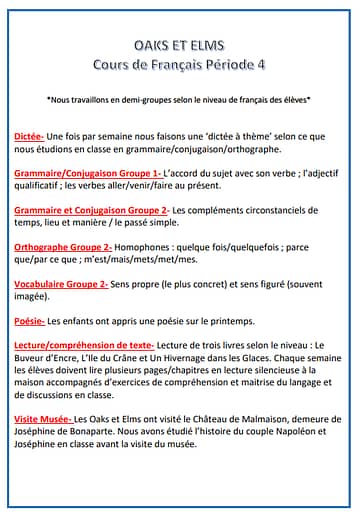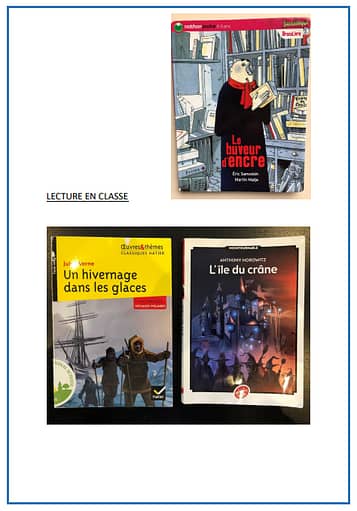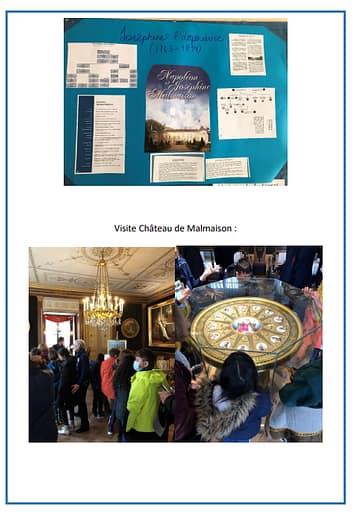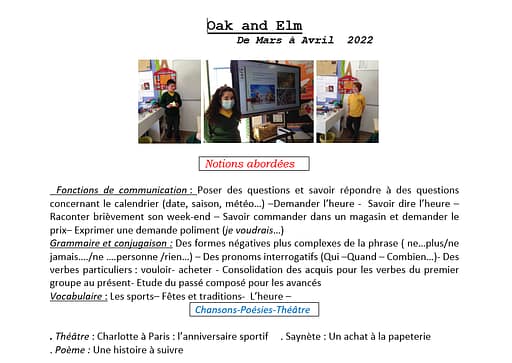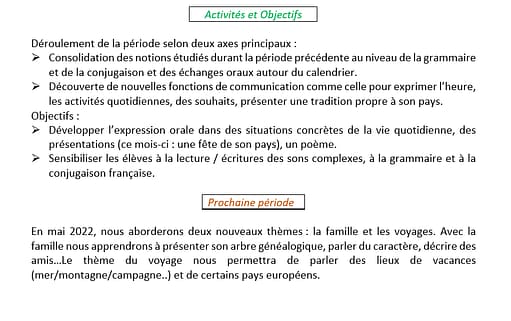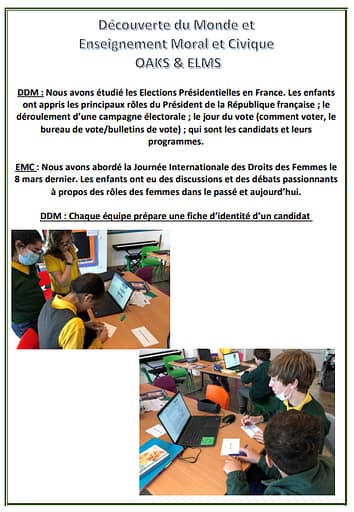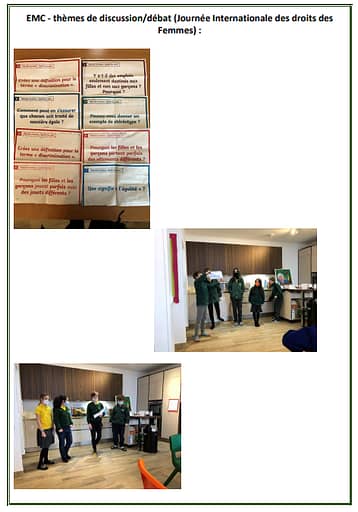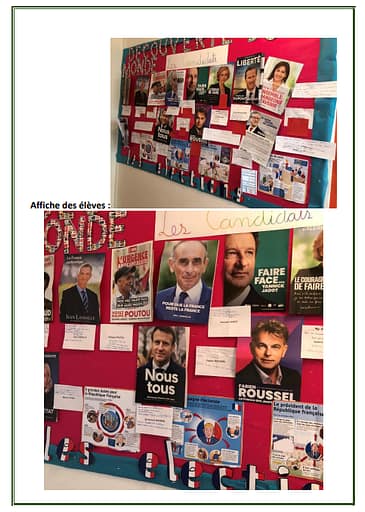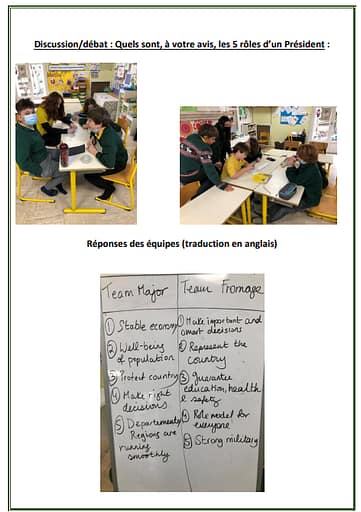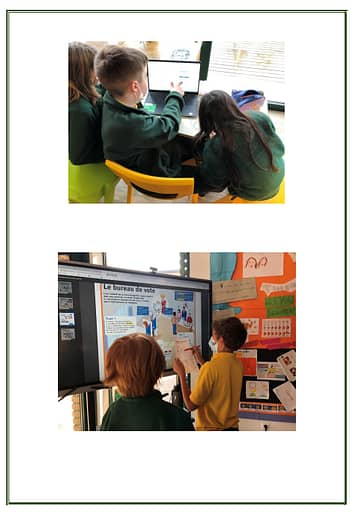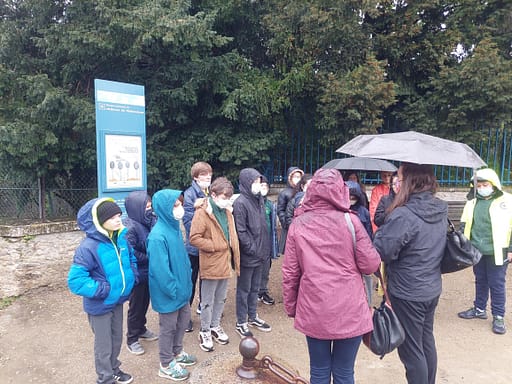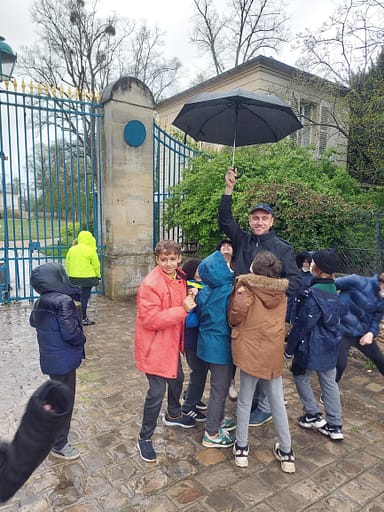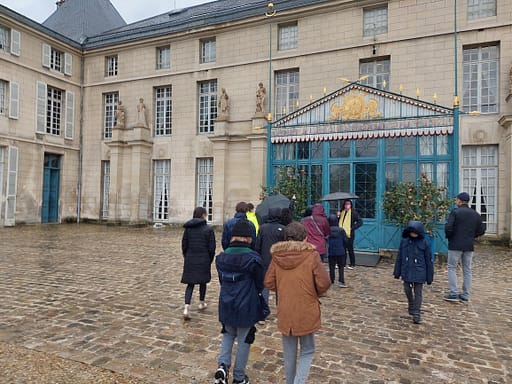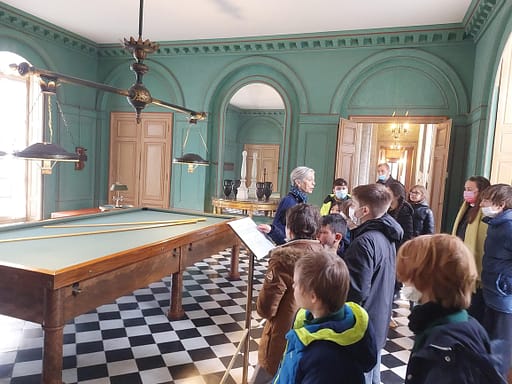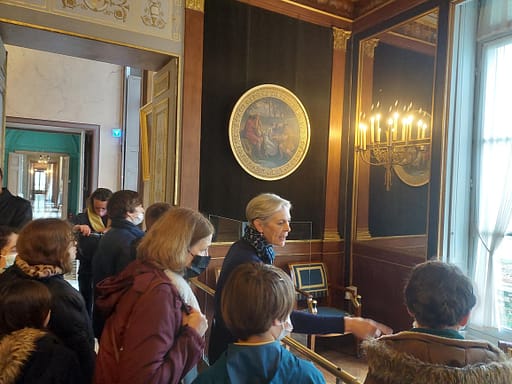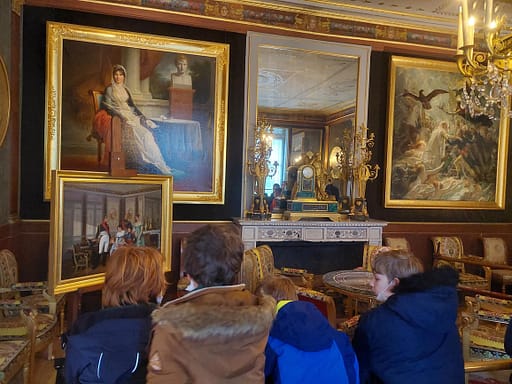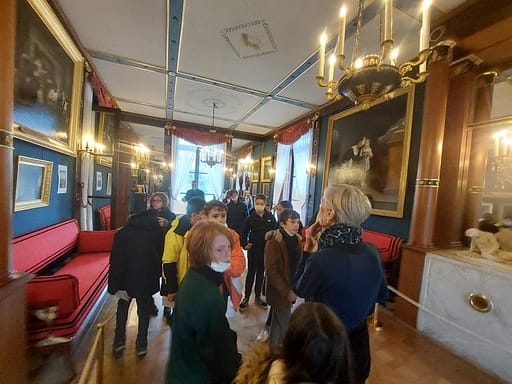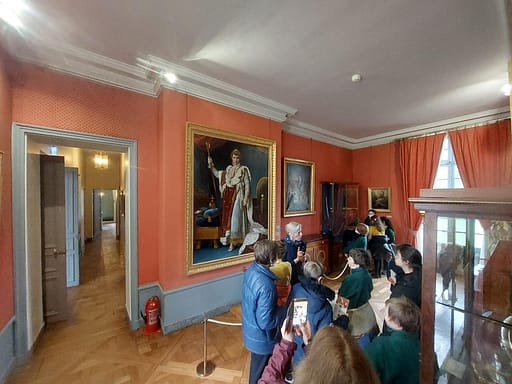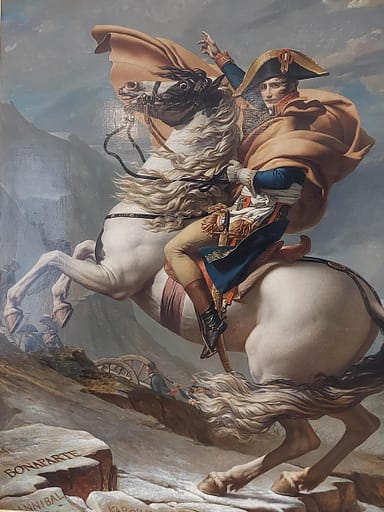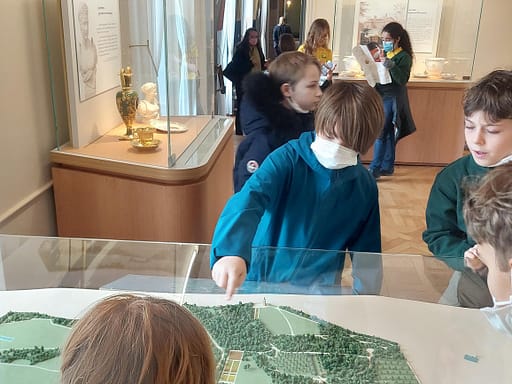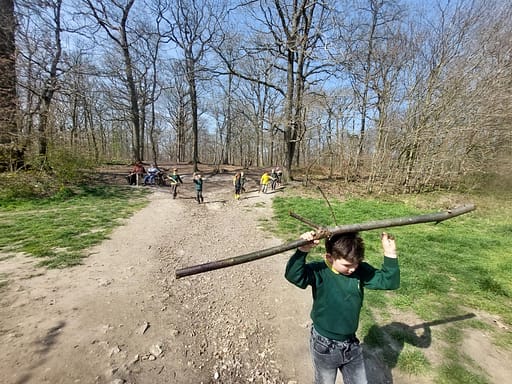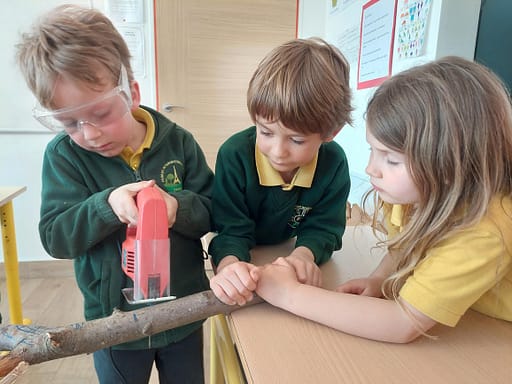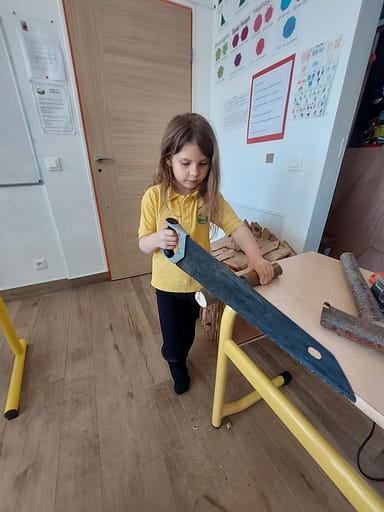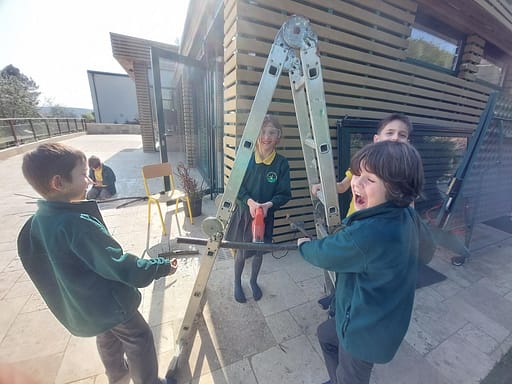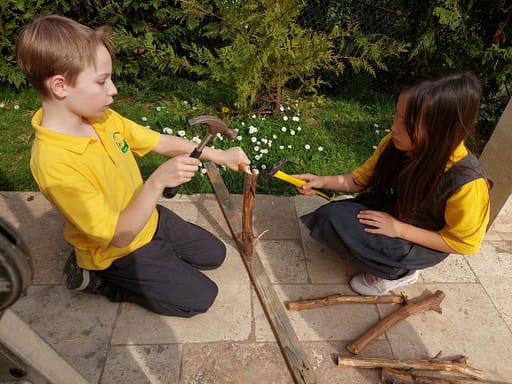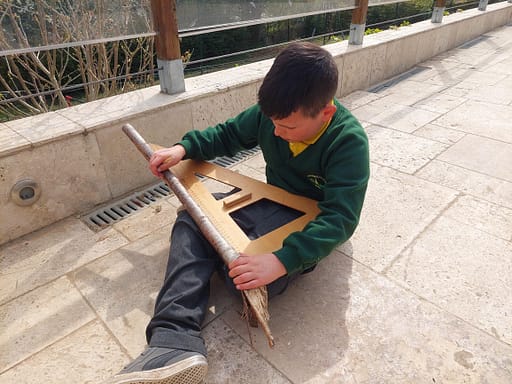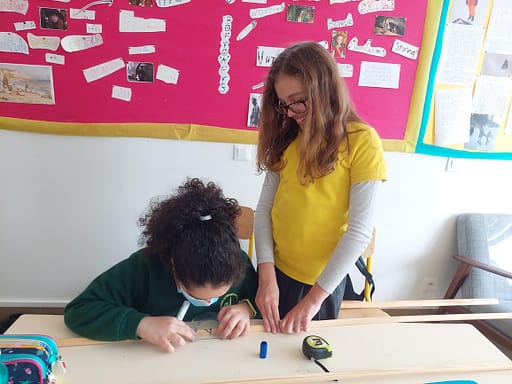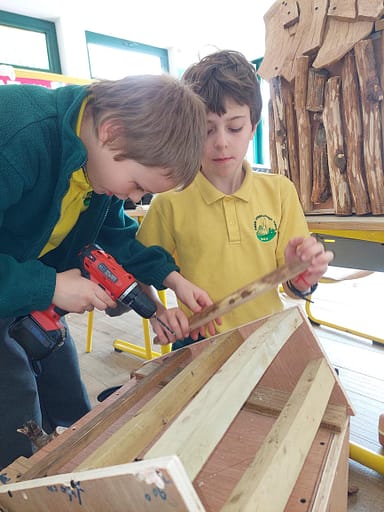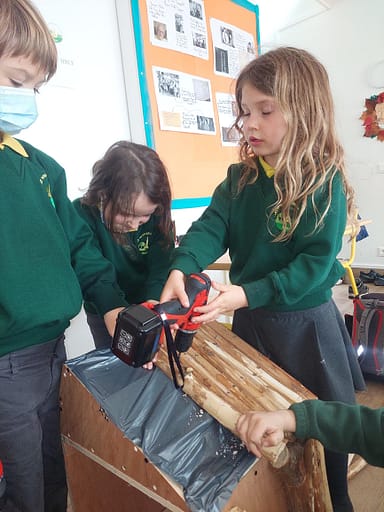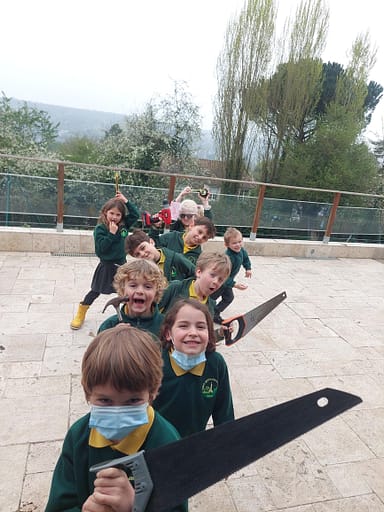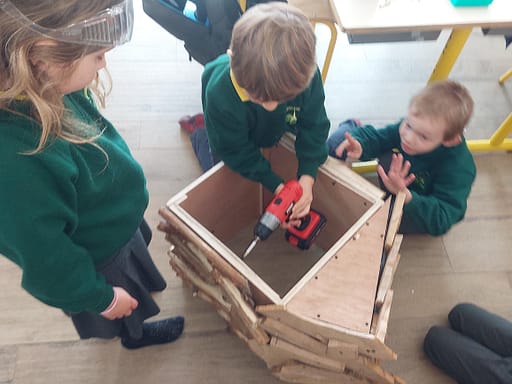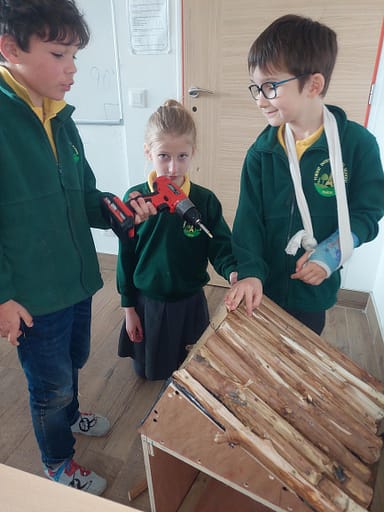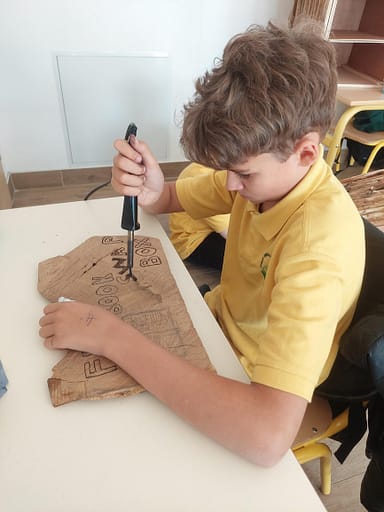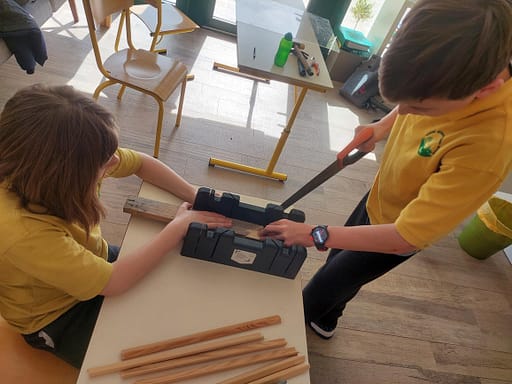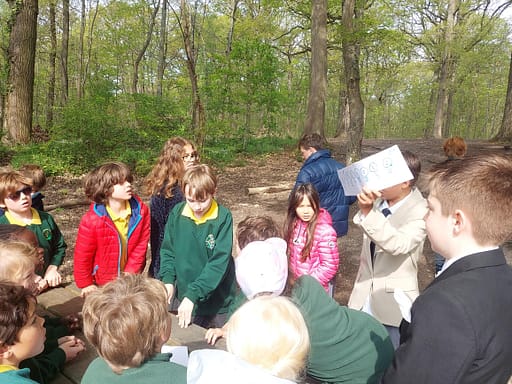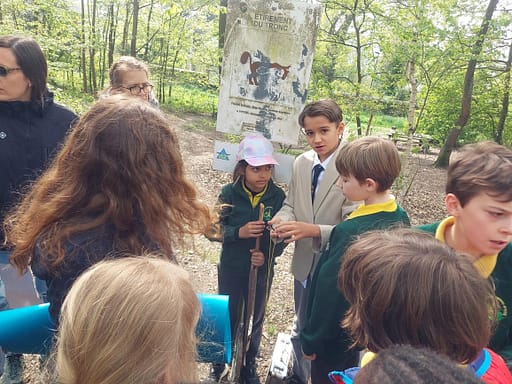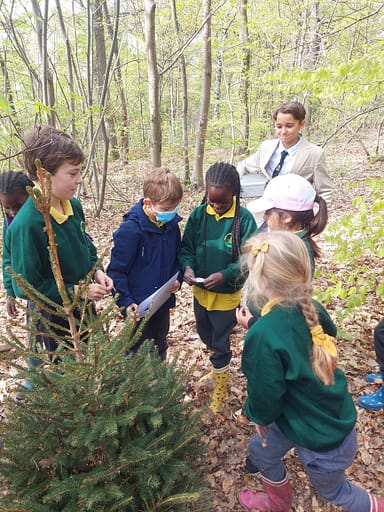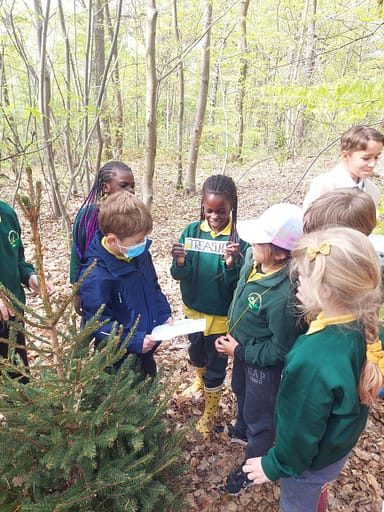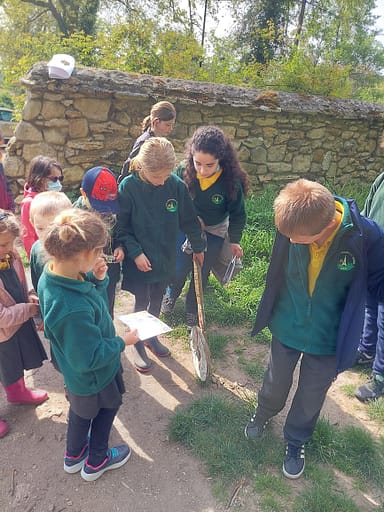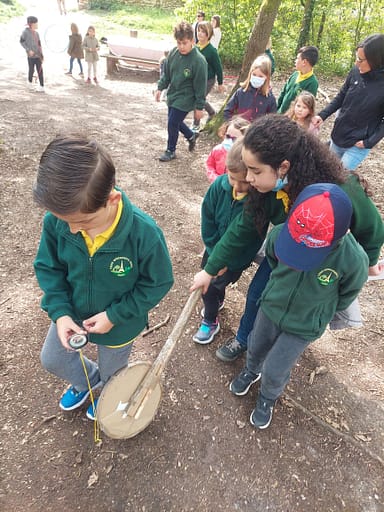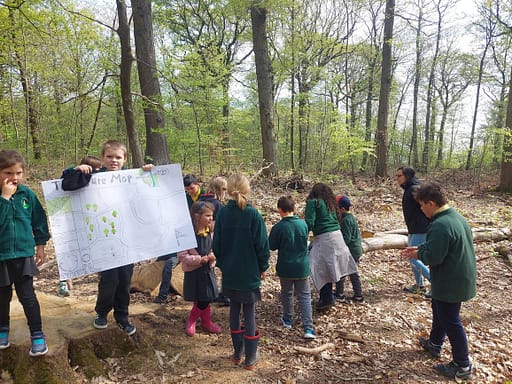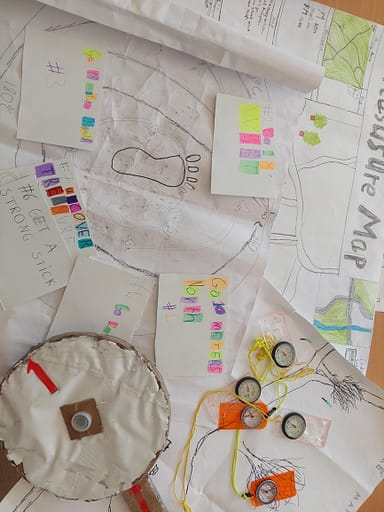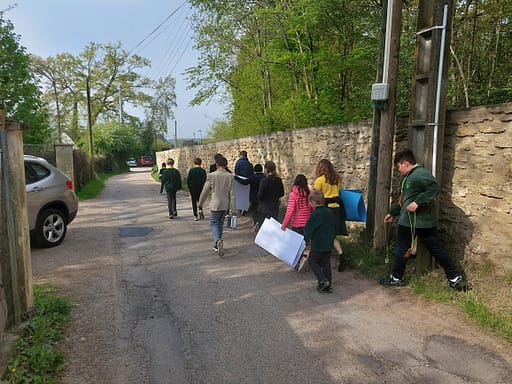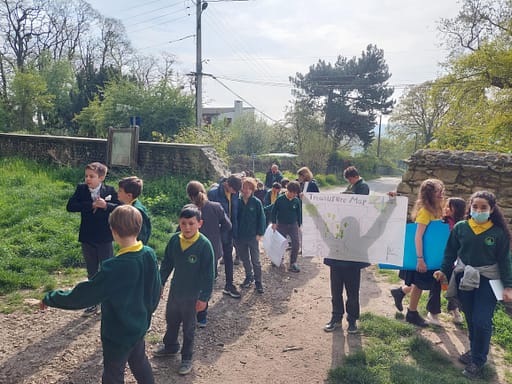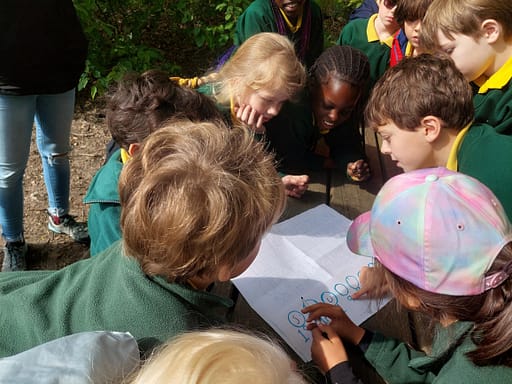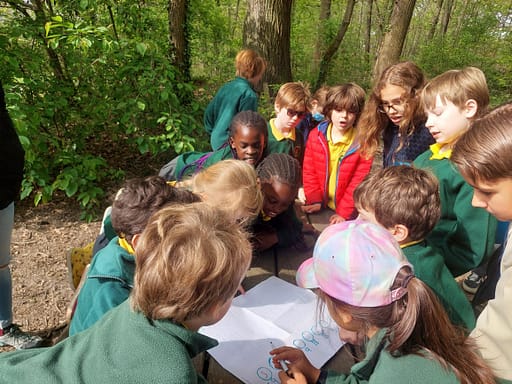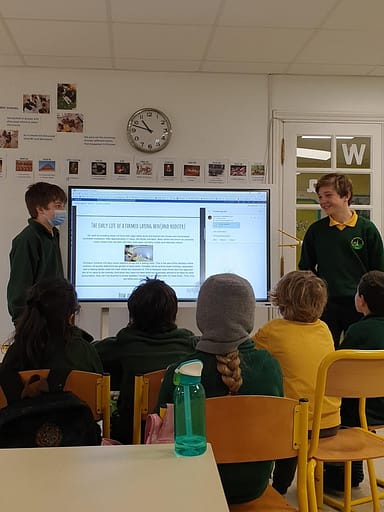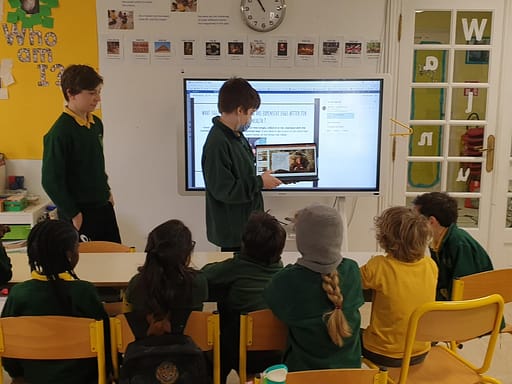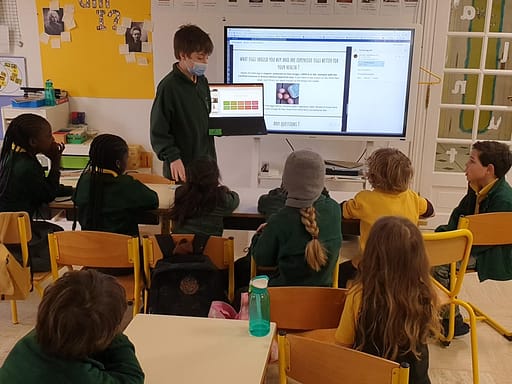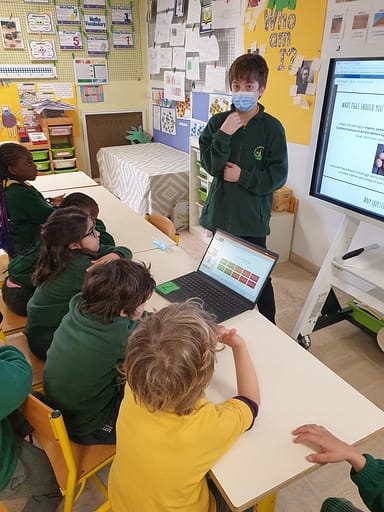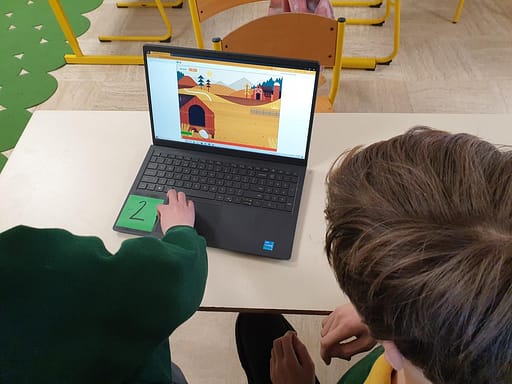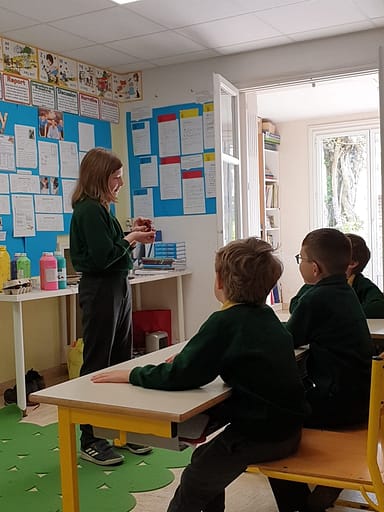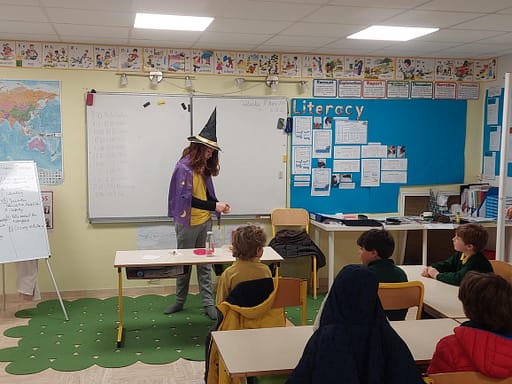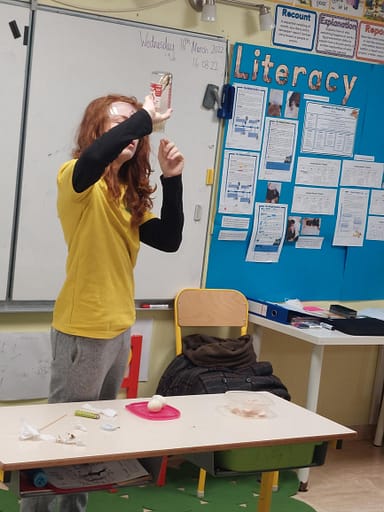English
Elm read And Then There Were None by Agatha Christie and everyone had plenty to say about this dark story of crime and punishment. Ten unwitting characters are invited to Soldier Island on a variety of pretexts by an anonymous host who plans to hold them accountable for their alleged crimes. Once there they are picked off one by one in a terrifying ordeal as they all suspect each other of being the murderer. The book raises questions about the nature and importance of justice and of crimes going unpunished due to lack of evidence. Each member of the class chose a character to save from the island, based on what they knew of their crime and of how the character is presented in the story. The dodgy doctor Armstrong was a popular choice while the feckless Tony Marston and hard-hearted Emily Brent received support from pupils who did valiant work defending their not very likeable clients.
The class dressed up in character and went before a jury of their peers (Oak class), answering questions about the crimes they were accused of and of their subsequent conduct, in a bid to win sympathy and excuse their actions.
Dr. Armstrong Anthony Marston Philip Lombard General Macarthur
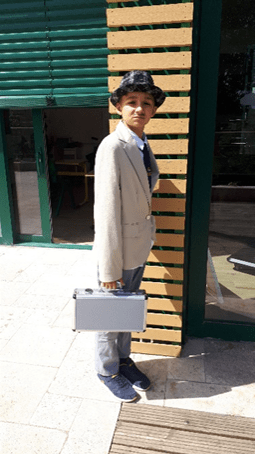
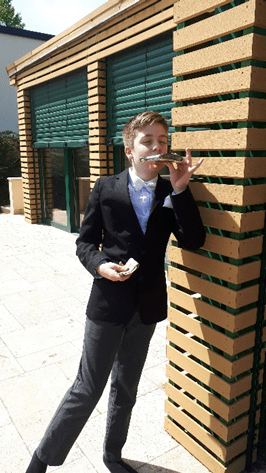
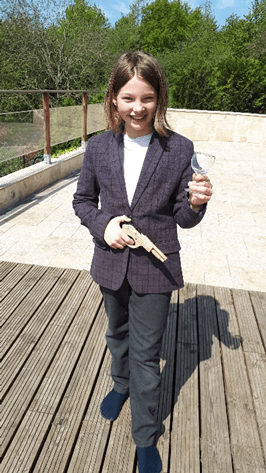
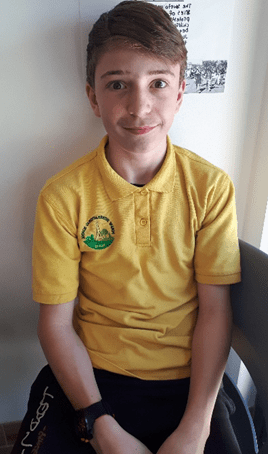
French
Spanish
During term 4, Elm continued to learn about cultural traditions and festivities in Spanish- speaking countries and applied their knowledge through different hands-on activities. They developed their language, learning about singular and plural nouns, that nouns in Spanish have a gender, and definite and indefinite articles.
As the school celebrated Mardi Gras, Elm class enjoyed a lesson on Carnival, in which they applied the key vocabulary in a reading and writing activity and then made a mask which they displayed proudly while eating pancakes. They explored language related to Spring, read a poem and answered some simple questions. In addition, they portrayed how they imagined a Spring scene to look, based on the poem they had read. The class also learnt about the ‘Isla de Pascua’ or Easter Island, discovering key facts such as its location, history, geography and wildlife. Students reviewed vocabulary about Easter and painted Easter eggs on cardboard paper and decorated them with pasta. Afterwards, they wrote down the materials they used and the instructions they followed to do the activity; they then identified the verbs and the definite and indefinite articles.
Elm class classified nouns into feminine, masculine, singular and plural and pointed out the rules on how to determine the gender of nouns and choose the definite article that corresponds. Through numerous written activities they practised how to apply the rules and developed their language by reading and classifying nouns. As in English, they discovered definite and indefinite articles and how to differentiate between them . Lastly, they played games and riddles for guessing the names of colours.
Mathematics
Linear and Quadratic equations
Linked to our “Egg project”, we created our own hypothetical and real problems based on our incubator and then constructed various graphs to represent our findings. In algebra, we closely looked into linear equations and then learnt how they could be represented geometrically. We substituted random values in these equations which subsequently helped us draw: y=x, y=x-1, y=x-2 and what they represent. We practiced calculating the gradient and substituted specific values into different equations in order to represent them geometrically.
Probability and ratio
During this unit, we discovered vocabulary related to probability and know that Impossible, Unlikely, Even Chance, Likely and Certain relate to 0, 1/4, 1/2, 3/4 and 1, respectively. We then solved probability problems where we had to find all possible outcomes and calculated the probability of the desirable outcome. We then moved onto solving problems with ratio and now know how to simplify ratios and how to use ratio to compare quantities.
Fraction and Number
During this unit, Elms revised how to find percentages of amounts and fractions of numbers. The children practised finding the equivalent fractions by multiplying/dividing the numerator and denominator by the same number and then converted mixed numbers and improper fractions. The children can confidently carry out four basic operations with fractions and know how to find the LCD (Lowest Common Denominator) or when they need to simplify their fraction. We solved one-step and two-step problems involving numbers, money and measures including fractions and percentages. The children worked on choosing and using appropriate calculation strategies while solving word problems and will find these skills useful during next term’s ”Young Entrepreneurs” project. We also looked into solving and simplifying Algebraic fractions and knowing common rules for the operations with fractions evidently helped us here.
Science
This term the children have been learning about material properties. We have broken our learning down into stages; first we focused on identifying the different elements found on the periodic table. Once we had identified them, we then grouped them; this process enables the children to develop an understanding of similar characteristics found in different elements. The class went on to learn about the atomic structure of an element and how each one is different due to the number of protons and electrons found within it. As a class, we developed our enquiry skills to explore chemical reactions; the class discussed and explored what would happen when an element mixes with oxygen. The children also learnt about how to write and solve different scientific formulae. Finally, the class investigated the levels of calcium found in water. The results were very interesting! Well done for all your hard work this term!
History
Elm’s focus this term, with the Presidential elections upon us, was on the French Republic and its evolution since the tumultuous days of the Revolution. Each member of the class took a republic and presented its key features and events to their peers, giving everyone an overview of the country’s sometimes turbulent history. The extraordinary figure of Napoleon Bonaparte loomed large in our studies, the man who rose to prominence thanks to the Revolution only to crown himself Emperor. We visited one of his homes, the Chateau de Malmaison, which he bequeathed to his first wife Josephine after he divorced her in 1809.
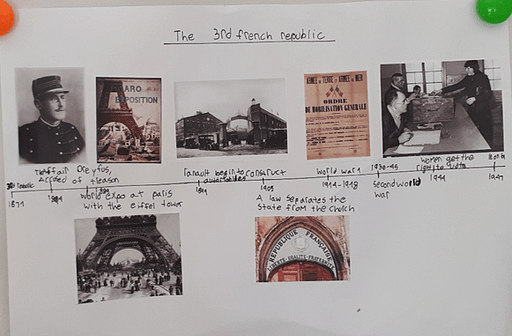
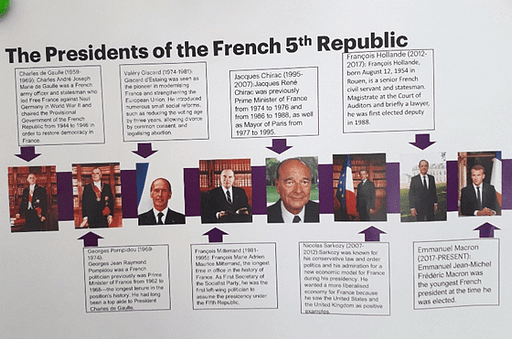
Visit to the Chateau de Malmaison
Geography
This term Elm learnt about the different regions of France and their division into administrative territories called departments. The country was once a jigsaw of lands, haphazardly aggregated over the centuries, with the different laws and institutions of each region often kept intact. After the Revolution the National Assembly redivided the nation’s territory into 83 departments of roughly equal size (with each capital no more than a day’s horseback ride from the furthest corners of the department). Crucially, the departments had the same systems and institutions, bringing an element of uniformity to the country’s administration while promoting decentralisation and local autonomy.
The class learnt that the regions and departments, like the French Republic itself, now in its fifth incarnation, are subject to change, with borders being redefined as populations grow and fluctuate. The regions were most recently revised in 2016 and reduced in number from 22 to 13 in a bid to reduce bureaucracy and reduce costs.
The departments today vary wildly in size and population and now number 101 (96 in mainland France and 5 overseas territories).
We discovered that the departments are named after physical geographical features (rivers, mountains or coasts) and that that they are numbered in alphabetical order. We learnt many interesting random facts including that the Var is named after the Var River that doesn’t run through the Var.
Each member of the class chose a department to research and present, giving information about climate, geography, population, distinctive features and cultural identity. We learnt about Finistère, Lozères, Vendée, the Vaucluse and Ardennes.
Name that department!
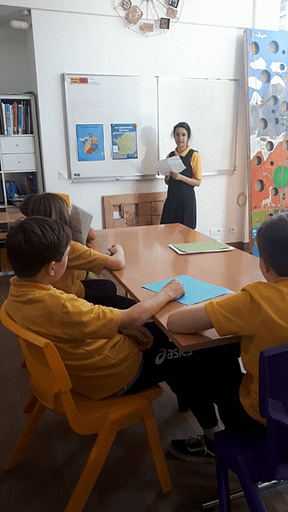
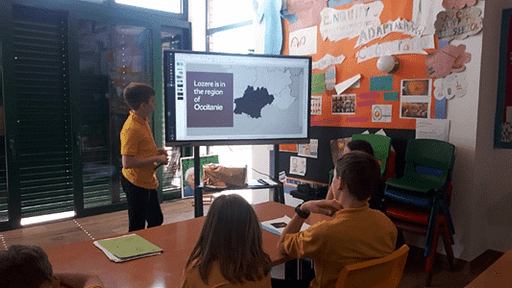
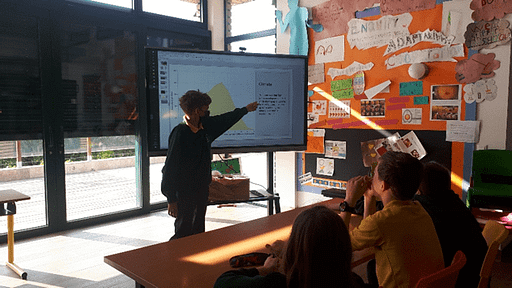
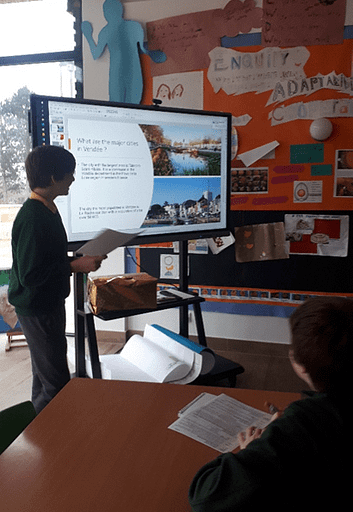
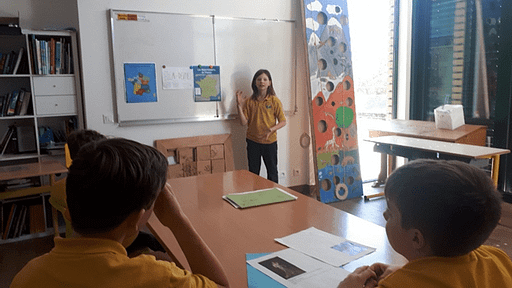
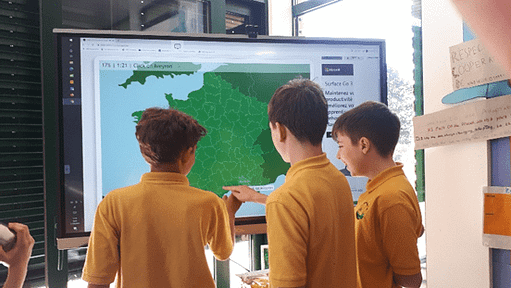
ICT
Elms had a challenging and productive term in which they applied their computing skills to a Vector drawing software called Inkscape. They developed their problem-solving and logic skills as well as communication as they gave support to their friends in difficulty. As we know, computers and especially robots don’t always work as we want them to, so pupils had to use their social and emotional skills to complete their projects.
Through a sequence of guided steps, students were acquainted with the basics of using software to draw geometrical shapes and manipulate them. These elementary shapes formed the building blocks of the more complex designs they created by the end of the unit.
By using this software they developed numerous skills, such as to be able to:
● Draw basic shapes (rectangle, ellipse, polygon, star) with different properties (fill and stroke, shape-specific attributes)
● Manipulate individual objects (select, move, re-size, rotate, duplicate, flip, z-order)
● Manipulate groups of objects (select, group/ungroup, align, distribute)
By the end of the unit students were able to display their learning outcomes by creating monochrome icons. They were challenged to create some of them from scratch, starting from elementary shapes and combining them with path operations. The icons were carefully selected to range from simple ones that were straightforward to produce to more complex ones that required some creative thinking.
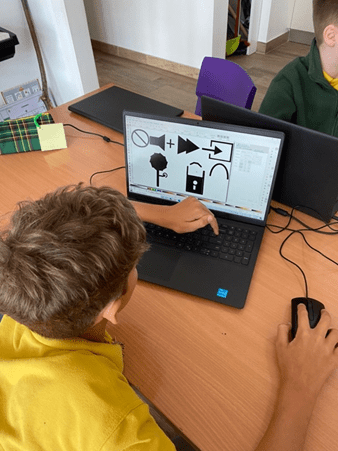
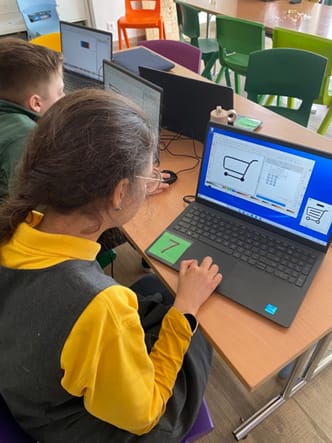
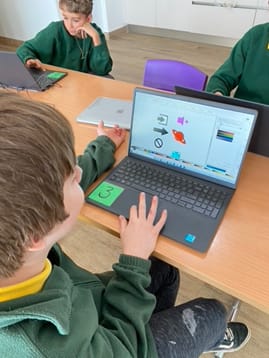
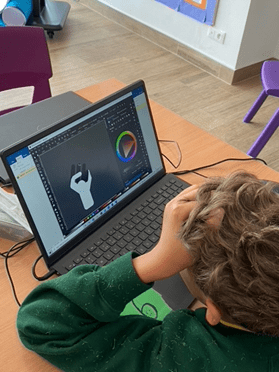
At this stage, students had to actively think about the process they would follow in order to produce each of the designs. They knew the ingredients they could use (the elementary shapes) and how to combine them (the operations), but they needed to work out the steps that would lead them from start to finish.
By the end of term, Elms programmed the micro:bit to use as a wearable device and to remind people to exercise regularly when the hardware detects a lack of physical activity. The last week of school before the Spring holiday, they made the code for a door alarm that worked just like a real door sensor in a home security system.
Capoeira
“mens sana in corpore sano” – “a healthy mind in a healthy body”
Elms enjoyed their weekly Capoeira sessions with Valdir. Capoeira, a Brazilian martial art that combines elements of dance, acrobatics and music.

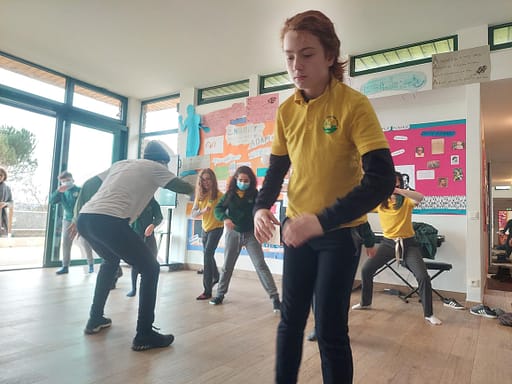
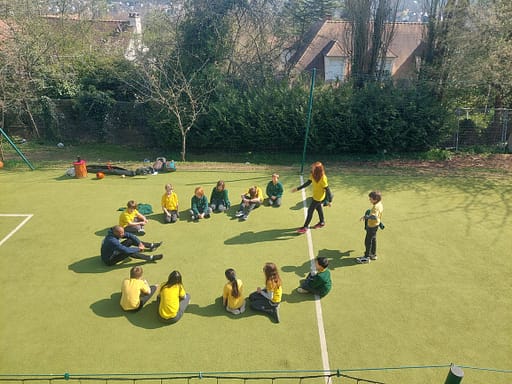
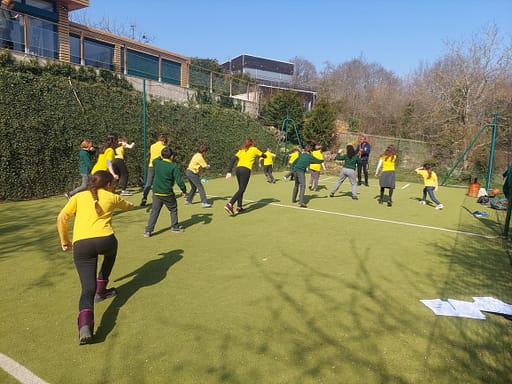
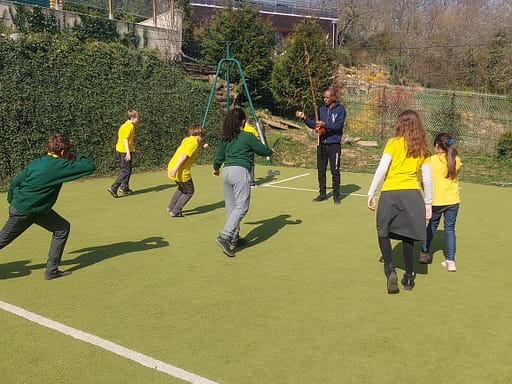
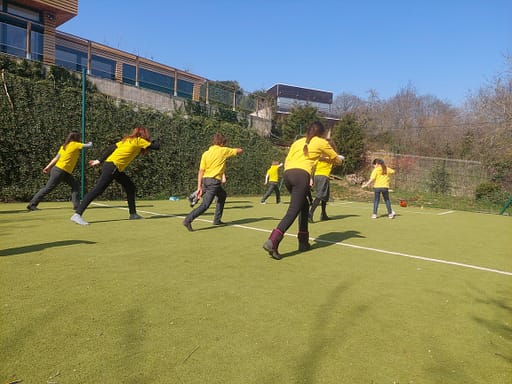
Music with Kareen
”Food revolution” – Project
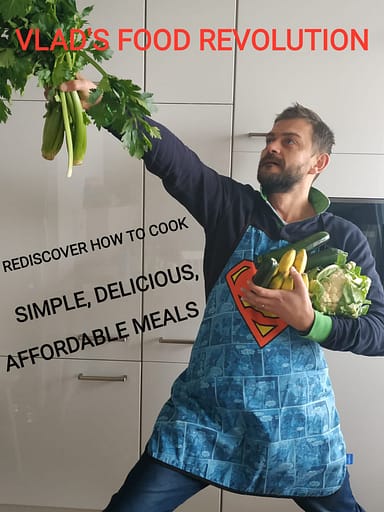
The main purpose of this « FOOD REVOLUTION » (We can cook our own lunch for the whole week) was to practise team building skills, plan and prepare a healthy meal and most importantly gain or practise basic culinary skills. During this project, the children also worked on demonstrating and improving their table manners. It was pleasing to observe the young chefs, waiters and guests participating and communicating extremely well with each other. Master chefs stayed determined while preparing their three-course meals even though it was tough to accomplish the challenge in a short period of time. We learnt that it was important to stay focused and organised until the last moment and realised that a last push could make the difference for the team. Thank you and well done to all Oak and Elm class students for their dedication, determination and hard work during our «Food revolution» project.
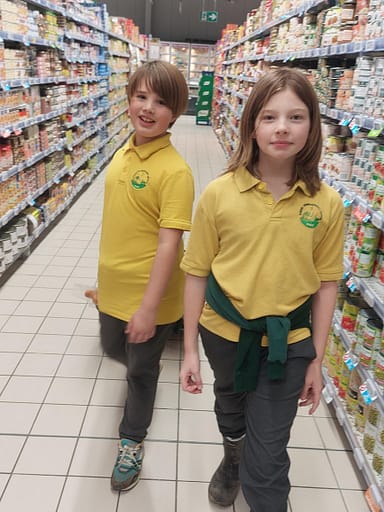
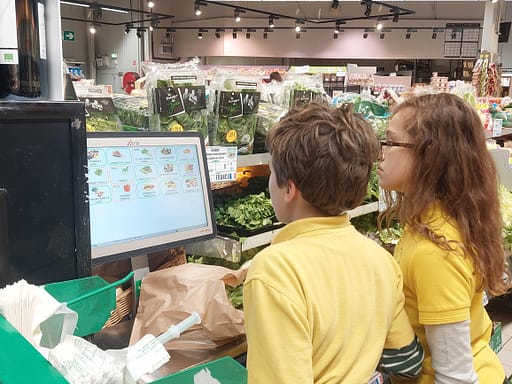
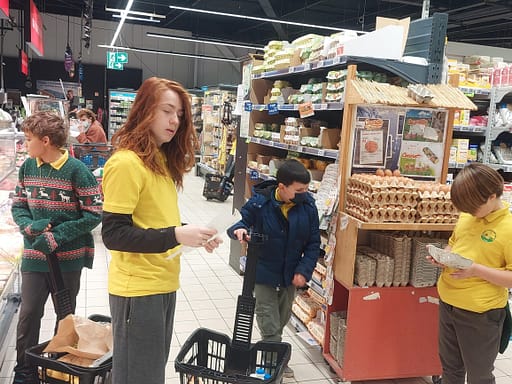
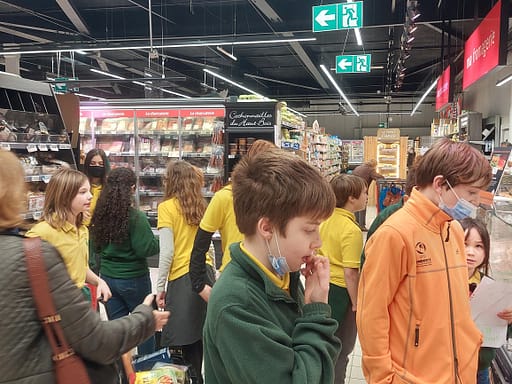
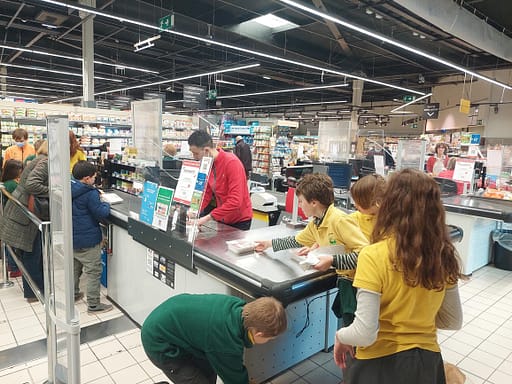
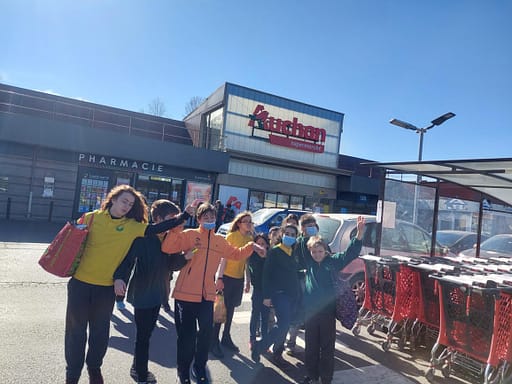
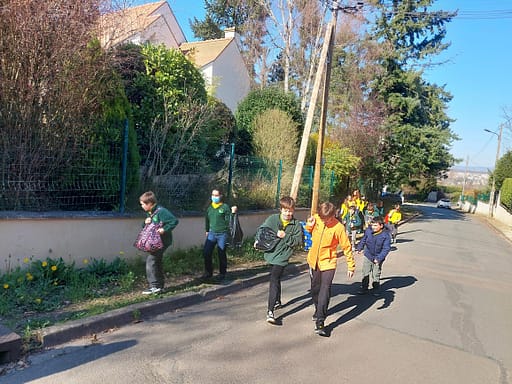
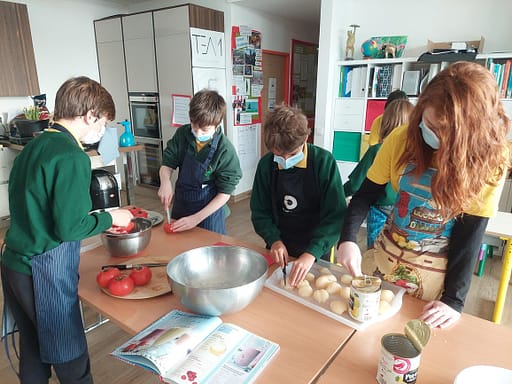
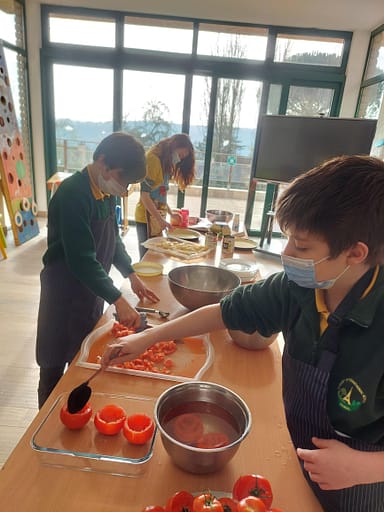
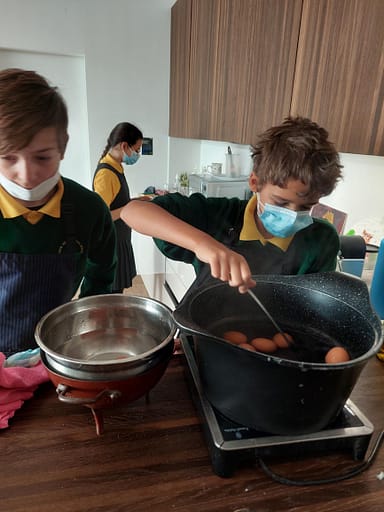
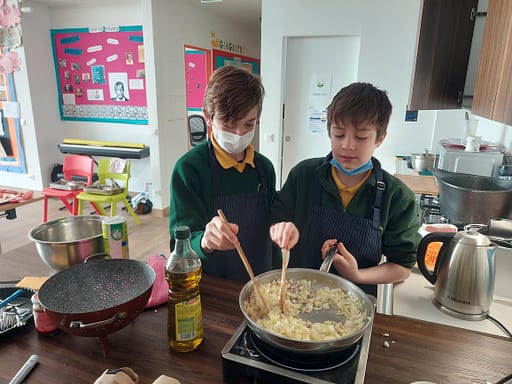
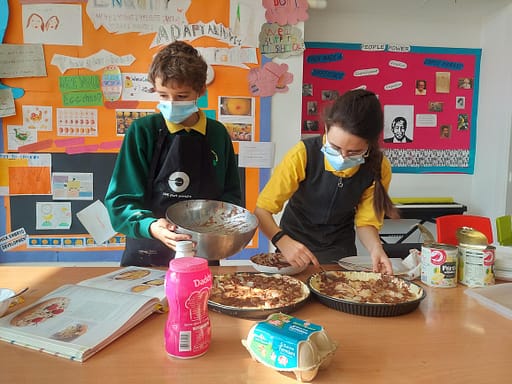
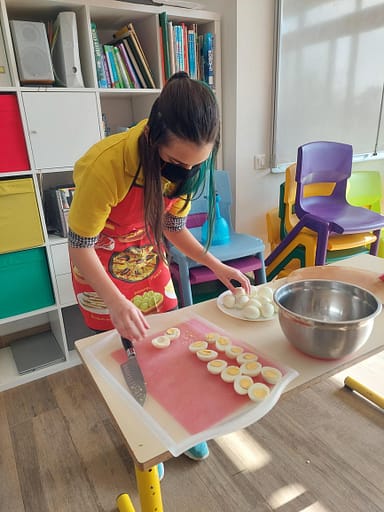
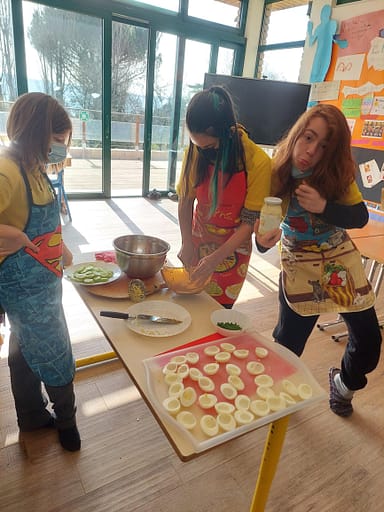
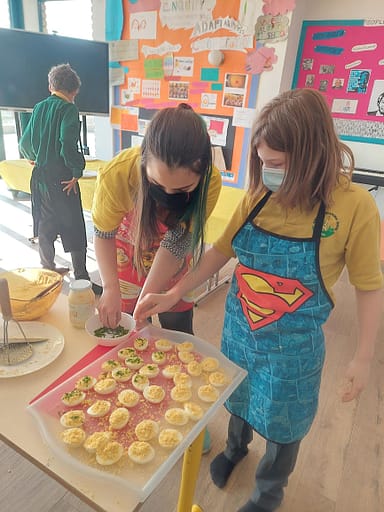
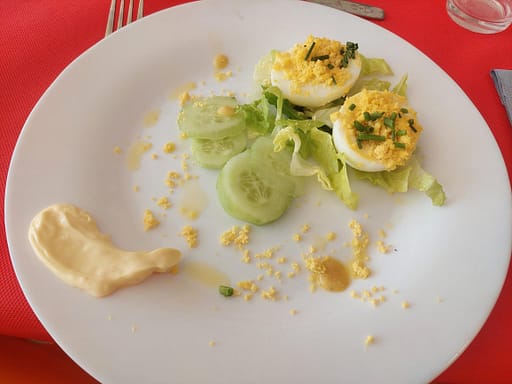
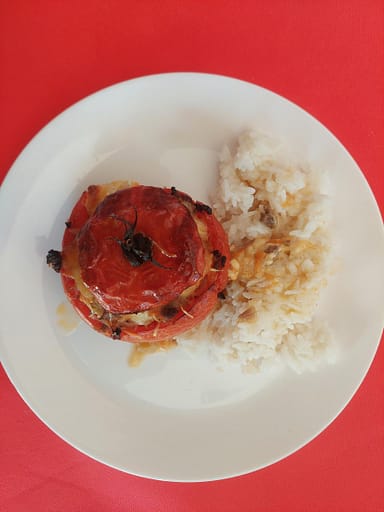
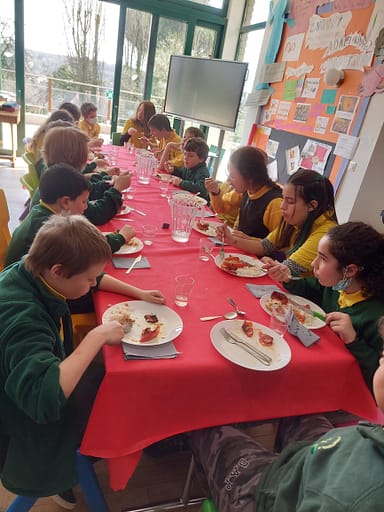
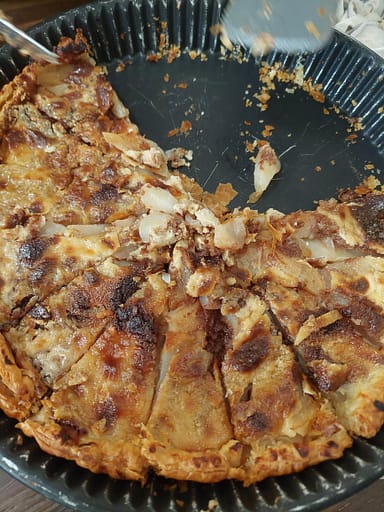
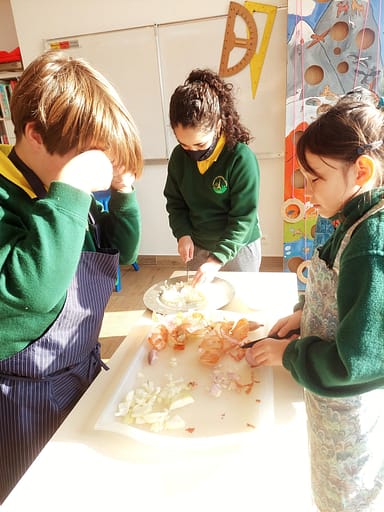
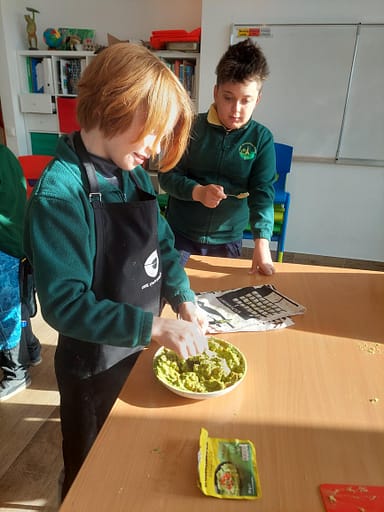
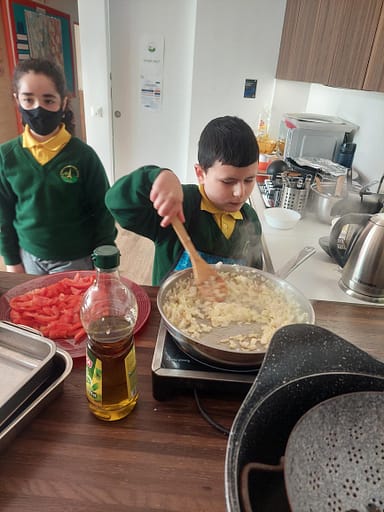
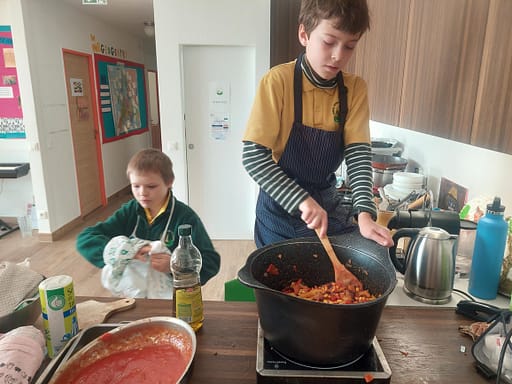
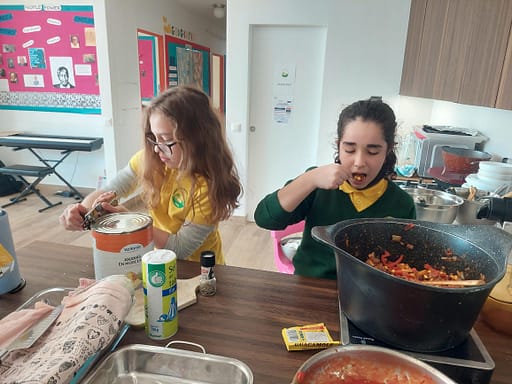
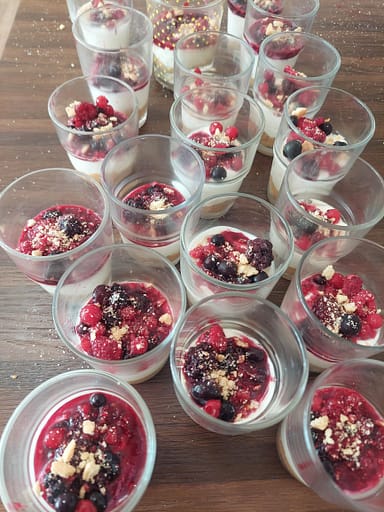

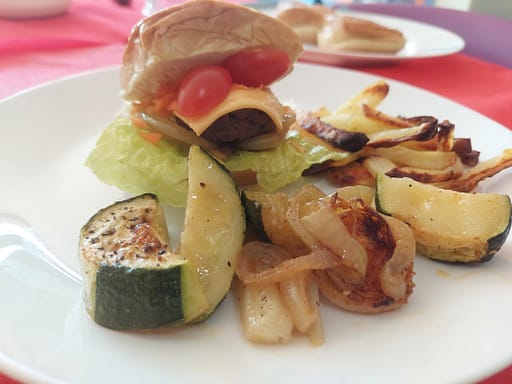
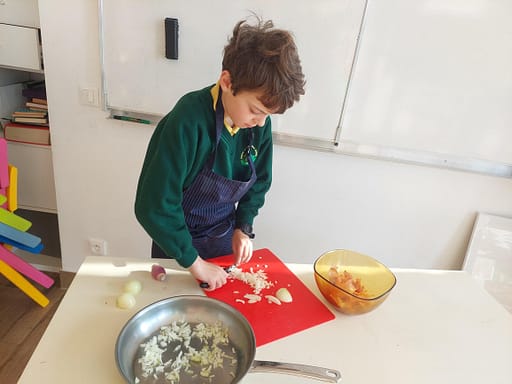
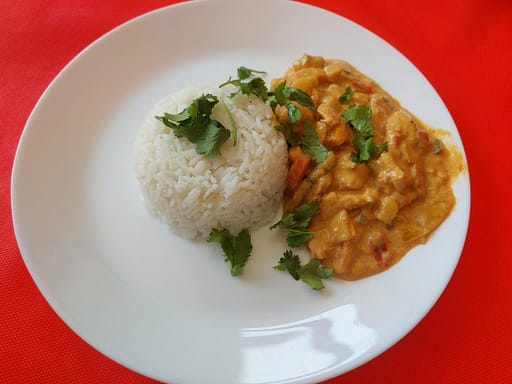
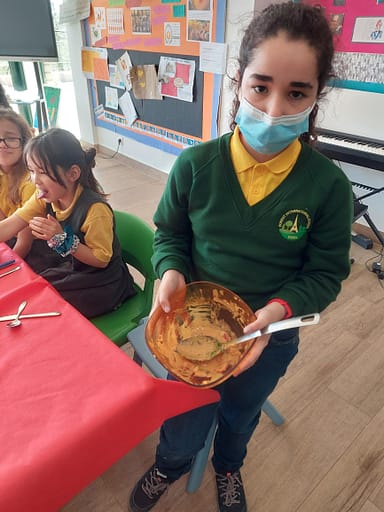
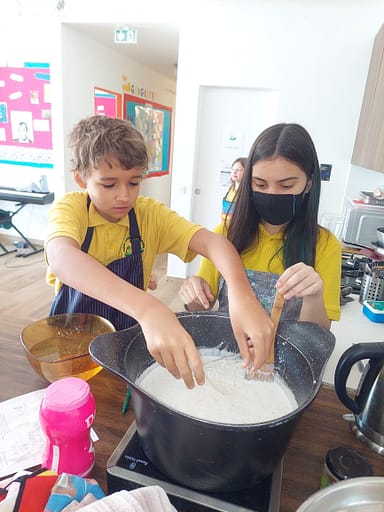
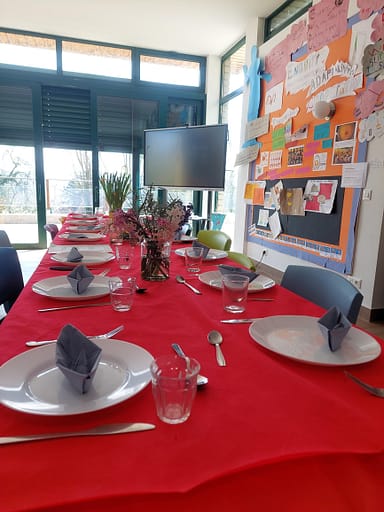
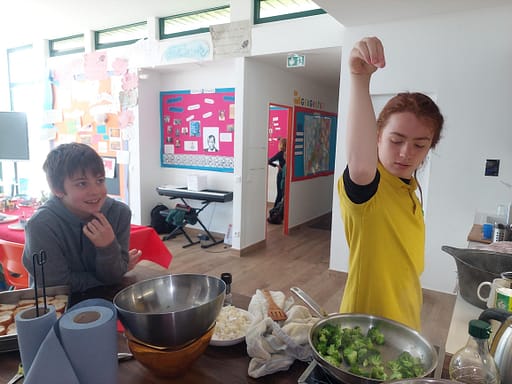
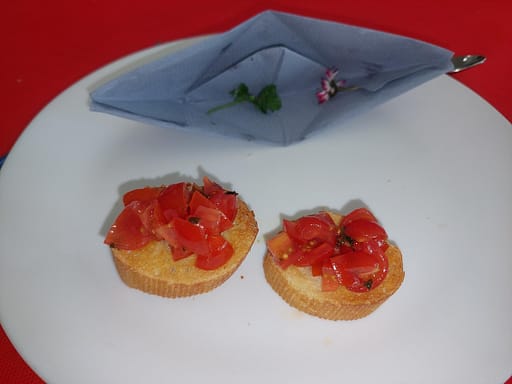
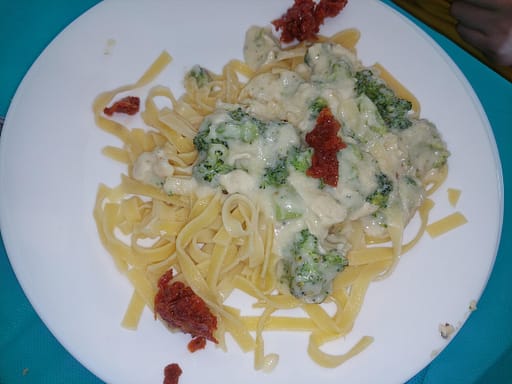
FOOD REVOLUTION
We’ve peeled some veg,
Then cooked our lunch.
Then baked a cake,
What a charming bunch.
We’ve tried something new,
And it was quite delicious.
It was all organic,
So don’t be suspicious.
We’ve learnt a new skill,
And now can cook for our parents.
We will do it with love,
No need to buy presents.
Not scared of broccoli, onions
Or carrots,
Will eat them with pleasure,
And not for the merits.
Did stuff some tomatoes,
And made panna cotta.
Now feeling quite strong,
And can sit in Capoeira roda.
We’ve made a delicious Thai Curry,
And spicy fajitas.
I am ready to run,
Where are my Adidas?
Broccoli linguine
and revisited American cheesecake,
I am so full,
But I have learnt how to bake.
Was happy to give up my break,
And tidy the kitchen.
It is good to eat healthy,
And what’s your position?
Design and Technology – FISP Book Swap Project
Fantastic Collaborative Work by Birch, Walnuts, Oaks and Elms
This term we continued working on our collaborative creation, the “FISP Book Swap Box”. Students had the opportunity to extend their understanding of a variety of different carpentry techniques. It is pleasing to see that Birch, Walnut, Oak and Elm students now demonstrate precise actions while using a drill, hammer and a saw. FISP students should be congratulated on their efforts and eagerness to get on with the project right away from the beginning of each session. Fantastic work young designers and carpenters! You should be proud of your achievements.
Orienteering project
Elm Class designed their own treasure map and taught their younger friends how to turn clockwise and anti-clockwise, use a compass and follow directions. They tried their best to adapt their speech and gave clear clues, hints and instructions while guiding their younger explorers on their orienteering quest.
Egg-citing Egg Presentation
Linked to our Egg Project, Elm students prepared and presented their findings about different kinds of eggs, egg science experiments and Faberge egg creations to their younger peers.
Easter Egg Hunt
World Book Day– Book Workshop with Anjali Morard
On the last day of term Oak and Elm were lucky to have a visit from children’s author Anjali Morard, who began by reading out loud her charming story about Fortnum the crocodile, which began life as a bedtime story for her young son. The class heard about the author’s writing process and her collaboration with the illustrator of the book, and then embarked on a writing workshop, writing their own stories based around a random selection of features covering setting, time and character. At the end of the session, several pupils read out their fun and imaginative stories
Enjoy your holiday!
Best wishes,
Mrs. Harrington, Christine, Joanna, Cecilia, Kareen, Mr. H , Valdir, Cyril and Mr. Kralka

